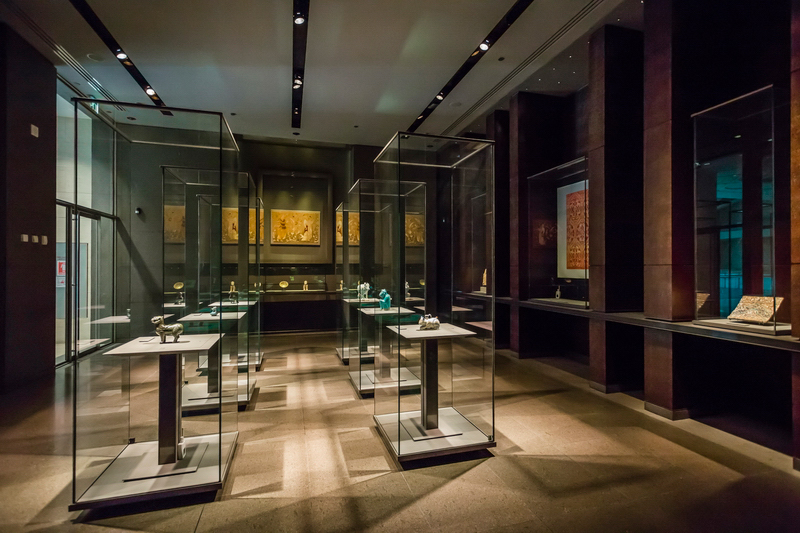The evolution of glass on museum showcase
The development of science and technology have brought great changes to the exhibition and security measures of modern museums. The changes not only take the form of dazzling effects of digital technology, but also take place in inconspicuous corners of exhibition halls. Here, we take the development of glass on museum display case for example.
The display of art collections could date back to the 14th century. The wealthy started to display their collections barely on shelves and tables, subjected to lack of protection measures. Therefore, the exhibitions were often kept within certain hierarchy, and immune to the public.
In the 18th century, the Industrial Revolution brought up technology advances in various fields. With the development of flat glass, collectors managed to cover frames and tables with glass sheets, which became prototype of museum showcase. This break through enabled public approach to the collections. At the early stage of glass industry, thickness and spreads of glass sheet were quite limited, while flatness and transparency were hard to achieve. It was so costly that only a few museums could afford to apply.
In 1959, “float” process was developed by Sir Alastair Pilkington, which greatly improved productivity and quality of flat glass. The reduction of cost made flat glass affordable to the majority. Museums took the chance and started exhibiting collections to the public in showcases.
Similar stories took place in China as well. When first museum in China was founded in Nantong by pioneer Zhang Jian in 1905, we were unable to produce glass in large scale. Artifacts were exposed on traditional frames and tables. When the Palace Museum was founded in 1925, we already got our first flat glass factory of our own. Artisans incorporated flat glass into wooden structure of royal furniture and formed luxury exhibition showcases for imperial treasures.
Application were only limited to invaluable exhibits due to scarcity and high cost until the emerging of Luoyang float glass in 1981. After that, Chinese glass industry began its new era. Innovations introduced new looks and properties to showcases. Such as tempered glass and ultra white glass. Tempered glass has its moment for extra strength and safer fragments. And ultra white glass became very popular in museums for its colorless.
In 2005, Jinjing group limited successfully launched first batch of ultra white glass. The reduction of irons in glass eliminates greenish look of traditional glass, leaves ultra white glass extremely colorless and transparent. It also enhances uniformity and strength of the glass, making it optimal for museum showcases.
Although tempered glass is often referred to as safety glass for its extra strength and blunt edges on broken pieces, it occasionally bursts into pieces on its own because of the tension raised by tempering process. Artifacts should not be exposed to such risks. Therefore, a novel safety glass was introduced to the museum industry. Laminated glass is made of two pieces of regular or tempered glass sandwiched around a layer of clear plastic film. The plastic layer gives glass extra stretchable strength and holds fragments in position when broken. Laminated glass also blocks 99% of ultraviolet radiation which might be harmful to artifacts.
After all these years, glass on museum showcases has evolved from plain glass into super smooth, extra transparent, colorless, UV proof, compact enduring laminated glass, providing perfect protection and displaying for valuable artifacts.
Last New
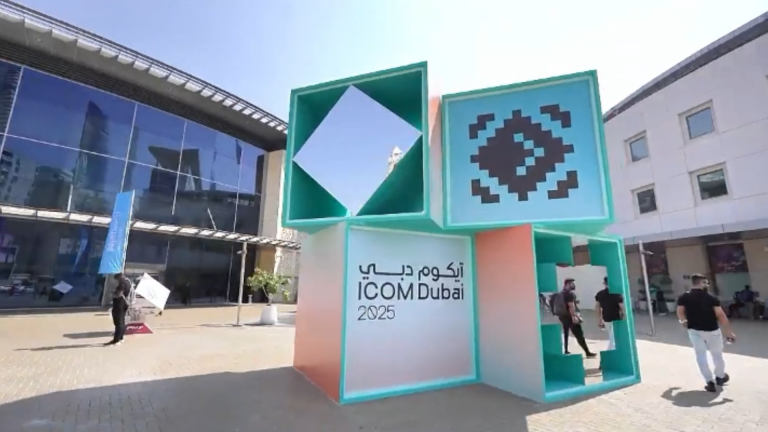
Relicase: Exhibit in Dubai, Engage with the world.
On November 12th 2025, the 27TH ICOM GENERAL CONFERENCE opened at the Dubai World Trade Center, the financial center of the Middle East. More than 4,000 professionals from more than 100 countries and regions around the world attended the conference, and more than 50 Chinese museum leaders, experts, scholars and enterprise representatives attended the conference. “This is a grand…
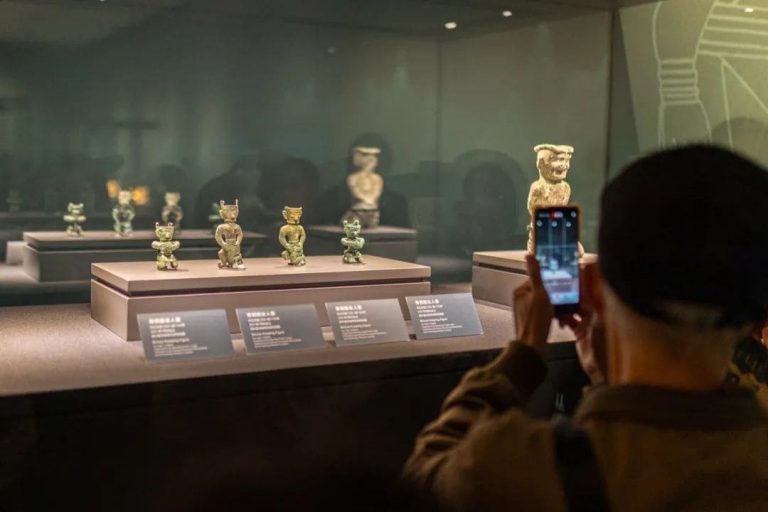
Museum Showcase Excellence: How Relicase Brought Ancient Shu Treasures to 300,000+ Visitors
Over 300,000 Visitors!Ancient Treasures of Shu Shine in Hengqin: The Mystique of Sanxingdui and Jinsha Captivates Audiences The special exhibition Ancient Treasures of Shu: Sanxingdui and Jinsha attracted more than 300,000 visitors, including nearly 60,000 from Hong Kong, Macau, and Taiwan, making up almost 20% of the total audience. On April 24, the three-month exhibition…
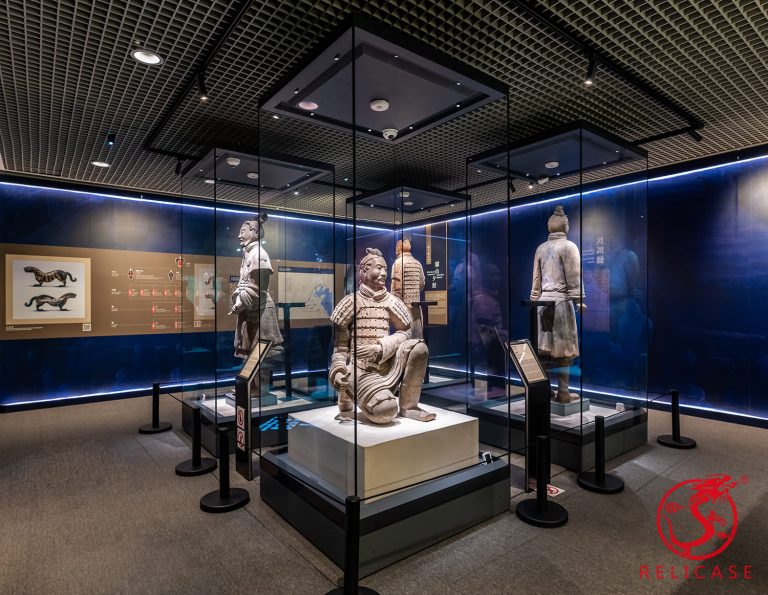
Relicase at Macau Museum: Safeguarding Heritage, Celebrating Legacy
Macau Museum: “Edification of the Masses — Cultural Treasures from the Zhou, Qin, Han, and Tang Dynasties” A Landmark Embraces Innovation The Macau Museum stands proudly atop the historic Mount Fortress, next to the famous Ruins of St. Paul’s. As an iconic symbol of Macau’s history and multicultural heritage, it now embraces the touch of…
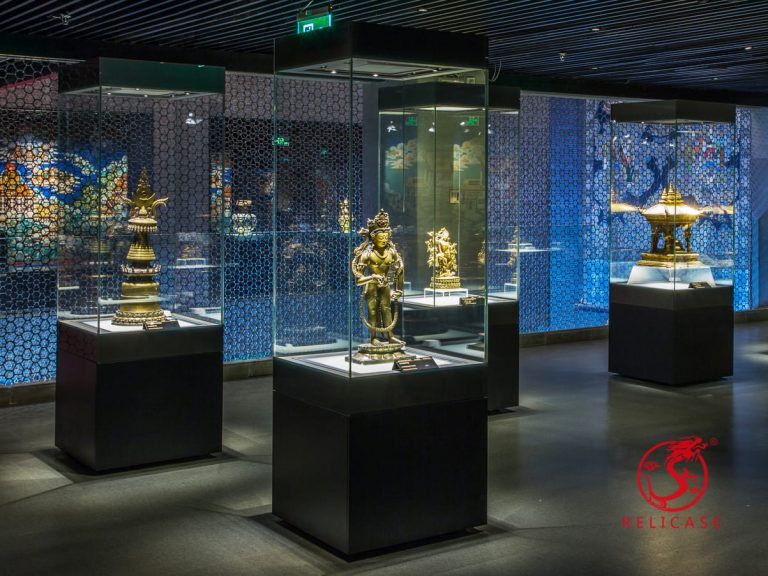
Potala Palace
Abstract On April 26, 2017, Relicase completed the showcase project for the Treasure Hall of the Potala Palace in Tibet. The Collections Hall spans three floors and is divided into two major sections, showcasing a total of 273 individual artifacts and replicas, as well as 155 sets of artifacts (or 159 sets, including 147 sets…
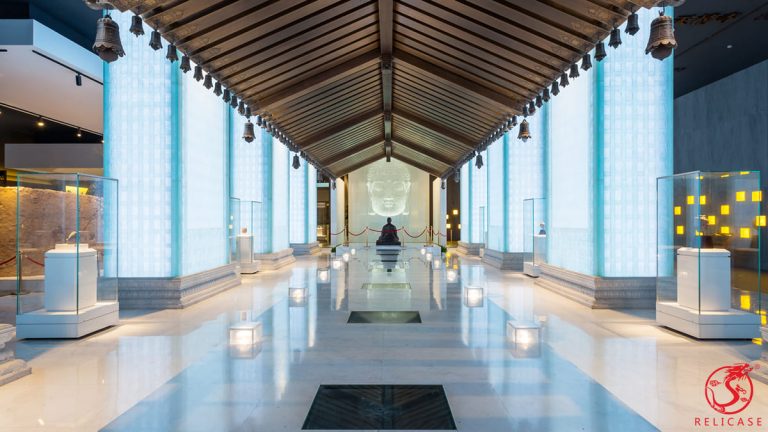
Porcelain Tower of Nanjing
Abstract The Porcelain Tower of Nanjing, named and constructed by Emperor Yongle of the Ming Dynasty to honor his parents’ boundless love and virtue, stands as a symbol of filial piety. Celebrated in Du Mu’s poetic lines, “Four hundred and eighty temples of the Southern Dynasties, how many pavilions linger in the mist and rain,”…
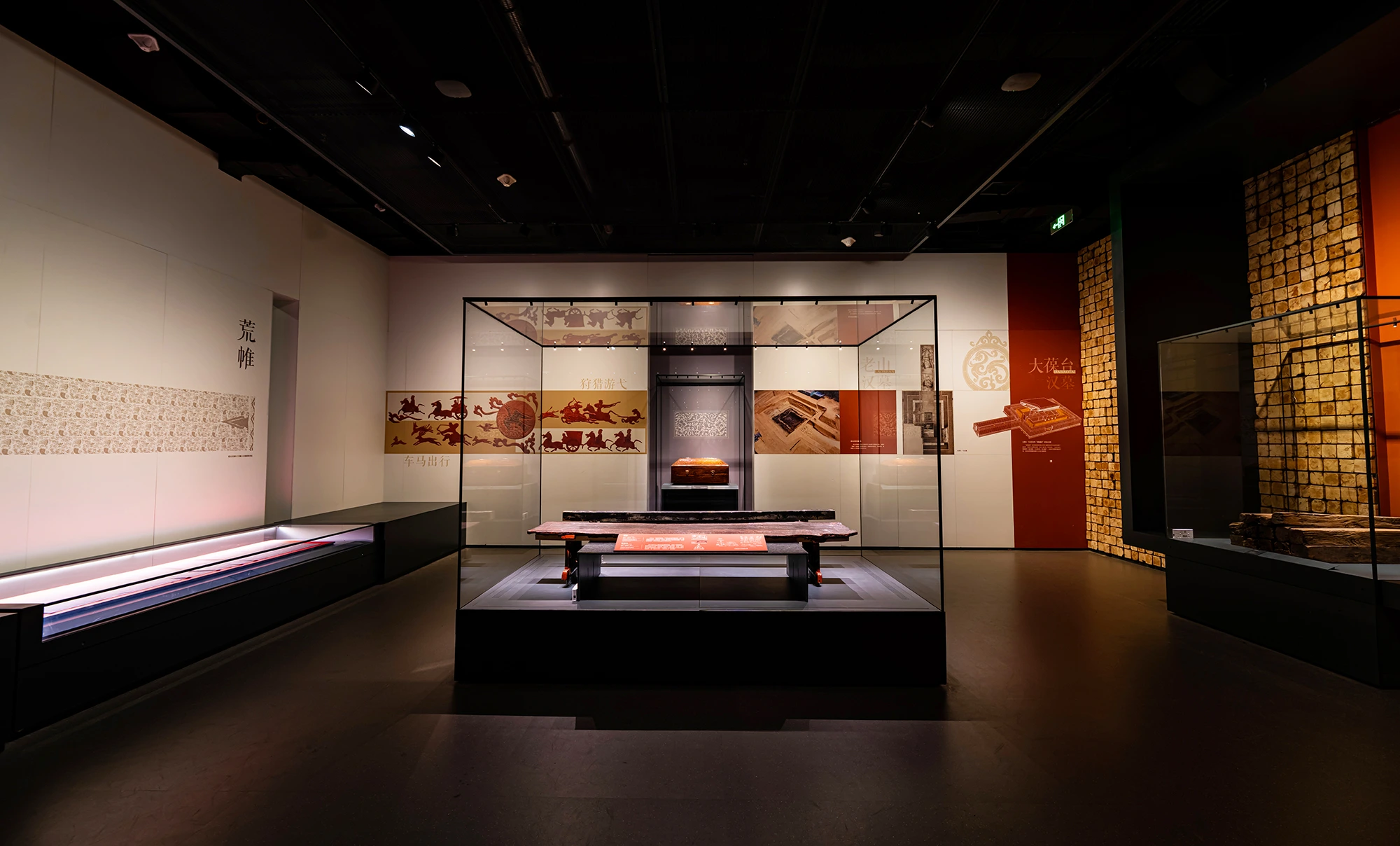
The basic guide to Museum Showcase Glass
As museums continue to modernize, the glass used in display cases has undergone a remarkable transformation to meet ever-evolving requirements for safety, visibility, and artifact preservation. The shift from basic transparent materials to specialized, high-performance glass highlights the strides made in exhibition technology. The Journey of Museum Showcase Glass Historically, glass in museum showcases was…

